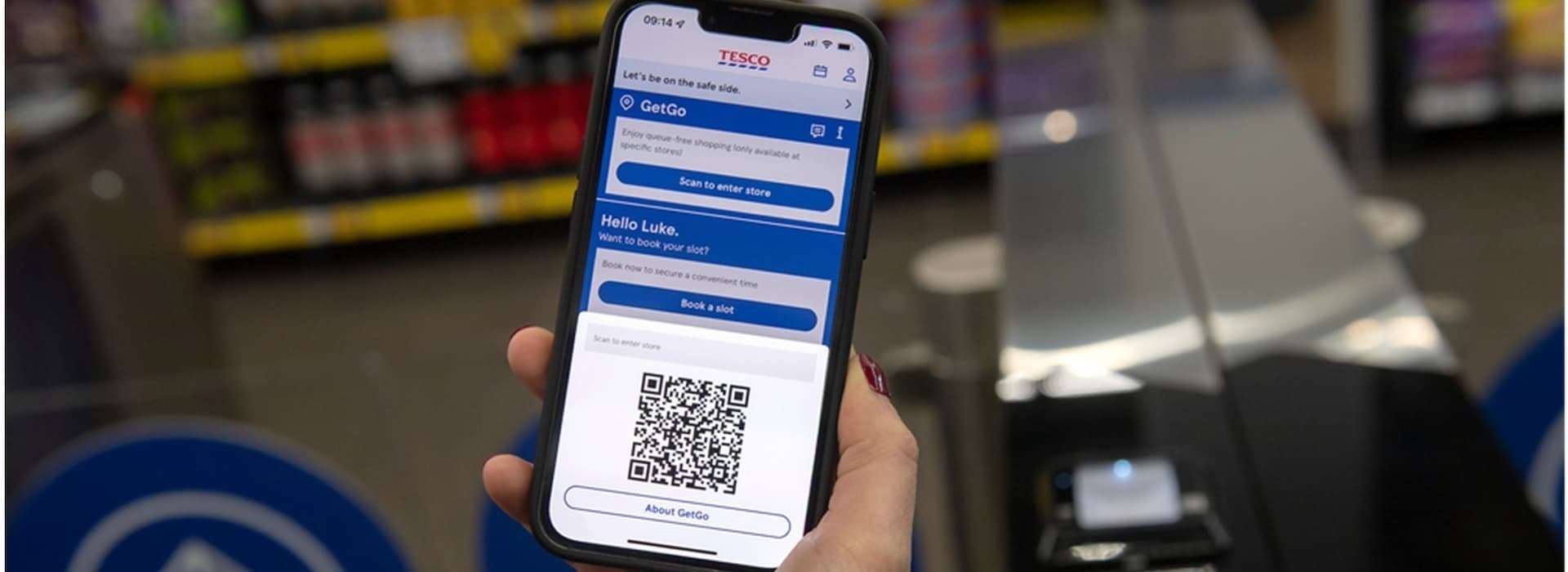Open banking’s role in the evolution of e-commerce
By Max Emilson, CRO, TrueLayer
The last six months have been a game changer for e-commerce. The pandemic has accelerated the trend away from bricks and mortar with online sales rising 50.4% from February to July in the UK.
It appears this change in consumer behaviour is here to stay. Rakuten’s latest report, The Road to Recovery: 2020 shopping peaks reimagined, reveals localism is on the rise, with 50% of consumers globally choosing to increase spend with local businesses.
Marketplaces will also play a larger role, with 48% of shoppers turning to multi-channel platforms for their shopping needs. So, the question for many merchants is how do they maximise this opportunity? Such rapid customer growth naturally brings more competition, and with it, increased customer expectations.
In discussions with e-commerce platforms, we hear the following concerns again and again:
● How can I efficiently onboard trusted sellers?
● How can I keep my sellers happy to ensure supply?
● How can I keep fraud and chargeback risks to a minimum?
● How can I keep my consumers coming back for my service?
● How can I effectively manage my operational costs to meet all of the above?
The answer may come as a surprise: open banking. First, what does this actually involve? In a nutshell, it’s the move towards lowering costs and increasing innovation in financial services by increasing competition between providers.
This is facilitated in a number of ways including by enabling financial data to be accessed from banks by more organisations looking to develop new services for consumers and businesses. Open banking has quickly grown into a global movement with the UK, EU and Australia leading the way in terms of implementing new regulations.
All of this may sound very abstract, but how it can help your e-commerce or marketplace platform is simple. A lot of the innovation taking place has involved streamlining payments, reducing friction when onboarding customers and enhancing the way money is managed. It delivers benefits to merchants, marketplaces and consumers.
Let’s look at one of the fastest growing open banking trends – payment initiation. This new form of online payment, the use of which expanded by 800% during the UK’s lockdown, ensures lower transaction fees, faster transfers and better security than pretty much any available form of online payment. Customers do not need debit or credit cards to use it, just online banking.
For merchants who handle thousands of financial transactions, the cost savings alone from customers adopting payment initiation could be extraordinary. Add to this the speed of money transfer, often in a matter of minutes or hours, and it can ease long standing issues around cash flow management.
“The businesses that build innovative and personalised services with open banking will gain a competitive edge. It will enable merchants and marketplaces to develop services, apps and experiences that take some of the best parts of offline retail and apply to the online world in a much more contextual manner”
Account-to-account payments are also irrevocable and rely on the banks’ own security, minimising costs associated with reconciliation and chargebacks. These benefits can also be extended to the consumer. Savings from transaction fees can be passed on, refunds can be processed instantly and services such as customer wallets can be easily created and funded.
By enabling businesses to access their customer’s financial information if they consent, open banking has revolutionised requirements such as know your customer. For marketplaces, this means that merchant accounts can be quickly verified, reducing fraud and streamlining the onboarding process.
Marketplace owners can also get a much more in depth look at the performance of their merchants via instant access to transaction and account data. This information, combined with existing business intelligence data sources, has the capacity to reveal a whole host of insights that can be used to provide additional services to merchants and enhance the overall experience of the marketplace.
Deeper insights can also benefit the seller and consumer in the form of enhanced personalisation. For example, categorised data on consumer transactions can help merchants understand the share of wallet, while data on spending patterns, savings and income supports targeting shoppers with relevant products, services and deals when they’re most engaged.
It can enhance customer segmentation, for example identifying VIP clients or offering rewards to long-term customers, building loyalty and improving retention. For those that offer any type of buy now, pay later option, open banking can provide merchants with access to transaction history to support value add services such instant lending at checkout.
Gaining a competitive edge
These examples have seen widespread and increasing adoption in many industries such as financial services, wealth management and online gaming, and the benefits are only just being recognised in e-commerce.
The businesses that build innovative and personalised services with open banking will gain a competitive edge. It will enable merchants and marketplaces to develop services, apps and experiences that take some of the best parts of offline retail, such as personalised assistance, and apply to the online world in a much more contextual manner.
Open banking provides an opportunity to improve the marketplace experience for all parties, build trust in the platform and increase loyalty, while reducing friction and cost.










